#prairie plants
Text
MIDWEST/EAST US: I have the following native flower (and one grass) seeds available for cost of shipping, all harvested from either my garden or from nearby parks in small amounts. if you're interested please kofi me here and shoot me a message with your address and what you'd like! amount/availability may vary but I would like to share as much as possible.
before requesting please make sure the seeds you want are native to your state! prairie moon has range maps for many of the species here; otherwise a quick search of the scientific name should let you know.
seeds I have:
-Cup plant (silphium perfoliatum)
-Common milkweed (asclepias syriaca)
-Swamp milkweed (asclepias incarnata)
-Honeyvine milkweed (cynanchum laeve)
-Maypop (passiflora incarnata)
-Bee balm (monarda fistulosa)
-Foxglove beardtongue (penstemon digitalis)
-Purple coneflower (echinacea purpurea)
-Missouri coneflower (rudbeckia missouriensis)
-Showy sunflower (helianthus pauciflorus)
-Cliff goldenrod (solidago drummondii)
-Meadow blazing star (liatris ligulistylis)
-Common evening primrose (oenothera biennis)
-Blue sage (salvia azurea)
-Little bluestem (schizachyrium scoparium)
-Blue mistflower (conoclinium coelestinum)
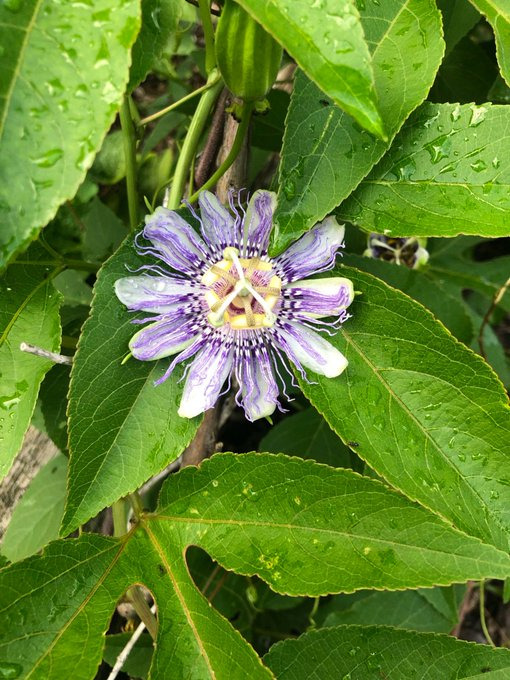

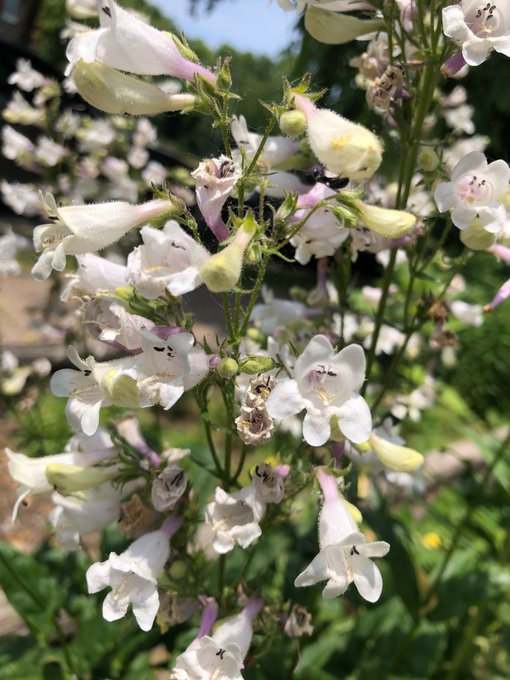

#plants#gardening#native plant gardening#native plants#flowers#prairie plants#free#maypop#sunflower#milkweed#insect gardening#bigeelsplantposting
12 notes
·
View notes
Text
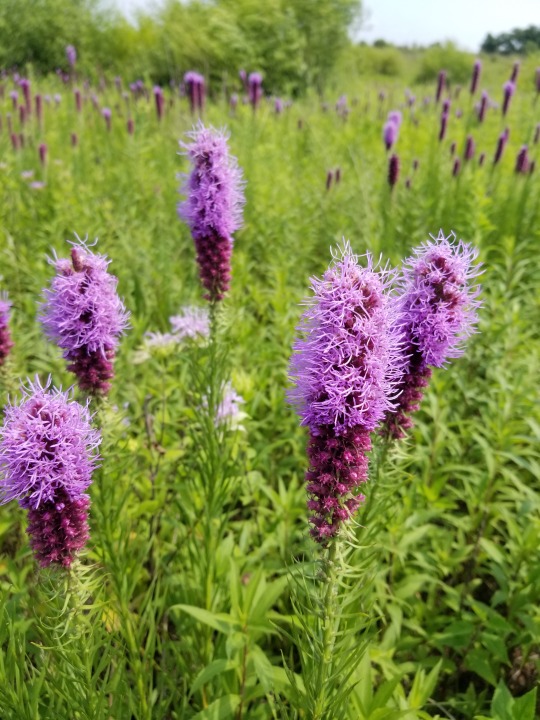

If you're looking for plants that have names as fun as they are, look no further than gayfeather! Gayfeather (Liatris spicata, also known as prairie feather and dense blazing star) is a colorful Midwestern prairie plant that attracts plenty butterflies, bees, and even our native ruby-throated hummingbirds. It thrives on moist, often sandy soil. Indigenous people of the Midwest used this plant for a number of medicinal purposes, but today it's primarily used as a gorgeous, perennial ornamental plant and to attract pollinators to gardens.
94 notes
·
View notes
Text
I’ve been accumulating a small collection of plant bits that I've come across for a while and I wanna start posting about them :3
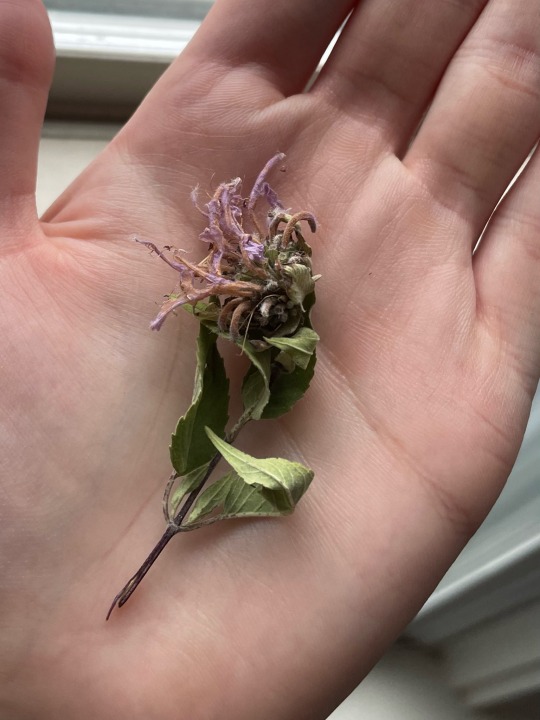
This first one is a flower from a plant called Wild Bergamot (Monarda fistulosa). It's a prairie wildflower that's really stunning. it's bright purple, and the plants usually grow in big bunches that all bloom together.
This specimen was actually bycatch from an insect survey in the lab I work in. Basically they just swung a big net around and looked at all the insects that got caught. They coincidentally happened to break this flower off in the net, and then they stuck it in a freezer with the samples for three months until they were ready for processing. That’s why this one looks so beat up.

Here’s what the flowers look like in full bloom. You can also see where this flower gets its other name; Bee Balm.
3 notes
·
View notes
Text
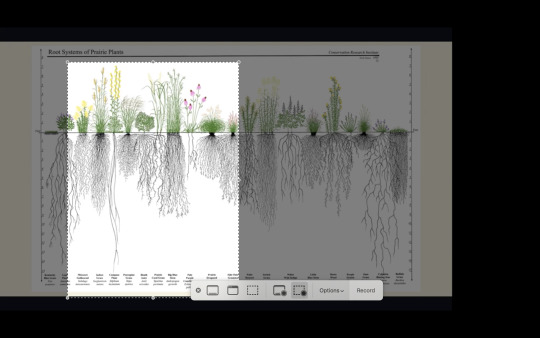
Root Systems of Prairie plants
0 notes
Text
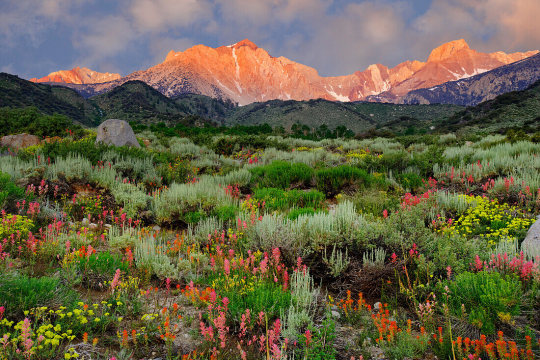
by Danita Delimont
#nature#photography#green#plants#landscape#pink#mountains#sunrise#sunset#golden hour#prairie#wildflowers
4K notes
·
View notes
Text
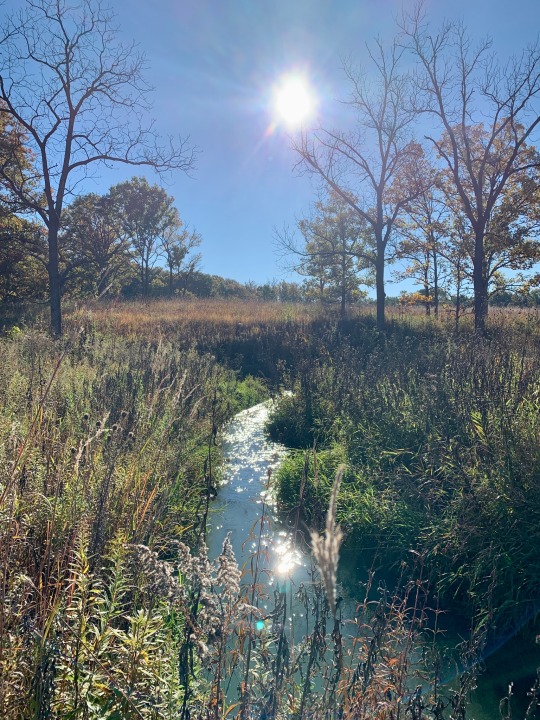
Morton Arboretum, outside Chicago
October 2023
#october#morton arboretum#stream#creek#sparkly water#prairecore#sun shining#prairie#autumn#cottagecore#naturecore#cozy cottage#gardencore#plantcore#nature#plants#flowers#wildflowers
389 notes
·
View notes
Text
I want minecraft to add underwater grasses that peak up above the waterline


I WANT THESE
#WETLANDS FOR MINECRAFT
#if I could mod i would be the grasses guy#geniunely my fav environments are like prairies and wetlands and I make myself happy by looking into patches of grass and seeing 5+ kinds of#grasses and shit in the same spot#as in grasses and other plants in the same area not I See Grass and Shit On It#minecraft#mineblr
150 notes
·
View notes
Text


iowa corn & iowa beans - holga 135 & 400 speed color film - developed at bergen photo & scanned with minolta dimage dual iii
#farm#field#35mm#green#cloudy#landscape#prairie#great plains#midwest#iowa#americana#film#film photography#35mm photography#ishootfilm#photography#lensblr#plants#agriculture#farming
185 notes
·
View notes
Text

Sunset on the prairie. This site was one of the highest quality restored prairies I've seen, it was a privilege to survey it. 80+ native plant species!
#nature#prairie#prairies#sunset#landscape#photography#landscape photography#nature photography#north america#mine#ecology#flowers#plants#ecologist#biologist
161 notes
·
View notes
Note
This ask is not about dinosaurs, actually... before the evolution of grasses during the Cenozoic, what could have been the equivalent of grass-like ecosystems (prairies, savanna...) during the Mesozoic?
F E R N PRAIRIES
seriously, there were lots of different kinds of prairies. fern, horsetail, cycad, the list goes on. Basically, different kinds of low-lying plants would do the prairie thing in ecosystems where forests couldn't get a foothold.
but, there were a lot fewer of them than today. because grasses are kind of OP, and have their own photosynthesis system, so they are able to grow and take over many places that would have been forests before grasses took over. That doesn't mean there weren't prairies, but there were just less. and a lot of things were more scrubland than prairie, too.
It's honestly amazing how much grass has changed the ecology of the planet. they are the biggest bioengineers of the cenozoic after people...
#grass!#palaeoblr#paleoecology#paleobotany#plants#fern prairies my beloved#I just need 1 (one) prehistoric planet scene on a fern prairie PLEASE
178 notes
·
View notes
Text
The Fern Prarie: fact or myth?

Moschorhinus and Lystrosaurus by DiBgd. Notably, the small plants in this picture are not true ferns but the extinct seed fern Dicrodium. To help illustrate my point.
In paleoart, “fern praries” are a type of biome frequently depicted. After all, if there was no grass in the Mesozoic (until the very end, at least), what else carpetted the ground?
A lot, actually. Seed-ferns, horsetails, moss…
The idea that ferns specifically formed the Jurassic savannas is not without merit. Modern ferns are the most common carpetting plants after grass, dominating forest undergrowth and even forming small plains in clearings. Some species can live in desert environments, so even places with little moisture could hypothetically boast seasonal fern steppes.
But the thing is, why ferns when there were so many other plant groups that could fill the grass niche? Notably, seed-ferns and small gymnosperms would be equally if not more fitting in more arid conditions. Perhaps some areas were carpetted by herb-like early angiosperms, not quite grass but almost there.
Remember that most fossil assemblages are biased towards riparian environments, where ferns surely excell. But there is little evidence for small flora in drier pre-Cenozoic environments, and as such the fern prairie must be questioned as an environment. It most likely existed, but I doubt it dominated the Mesozoic open spaces.
#paleontology#palaeontology#paleoblr#palaeoblr#fern prairie#fern savanna#seed fern#plants#habitat#biome
75 notes
·
View notes
Text



Plant of the Day
Monday 8 January 2024
Ideal for a well drained soil in full sun Goniolimon incanum (sea lavender, prairie statice) will produce sprays of long lasting flowers. This species is native from Turkey to Central Asia.
Jill Raggett
#Goniolimon#sea lavender#prairie statice#white flowers#dry garden#plants#horticulture#gardens#garden#cambridge
47 notes
·
View notes
Text


Bird's Foot Violet
Viola pedata
Named after its leaves which resemble a bird's foot... This gorgeous violet is native to a large portion of eastern North America and thrives in sandy areas, rocky slopes, and other sunny, very well-drained habitats that are undisturbed. Three different color varieties can be found in the wild; bicolor (pictured above), lilac, and white. I have found both the bicolor and solid lilac varieties in abundance within glades and some prairies here in Missouri. Additionally, this species hosts fritillary butterfly larvae and provides nectar to many other butterflies and bees.
April 18th, 2024
St. Francois County, Missouri, USA
Olivia R. Myers
@oliviarosaline
#botany#plants#nature#viola#Viola pedata#violets#bird's foot violet#naturecore#flowers#the ozarks#ozarks#Missouri#hiking Missouri#Violaceae#wild flowers#wildflowers#native flowers#native plants#prairies#prairie#glades#purple flowers#violet flowers#purple#violet#pansies#pansy#fairycore#nature photography#flower photography
26 notes
·
View notes
Text

golden hills, california
agnesjune
#california#landscape photography#nature photography#rolling hills#prairie#grasslands#plants#naturecore#curators on tumblr
24 notes
·
View notes
Text
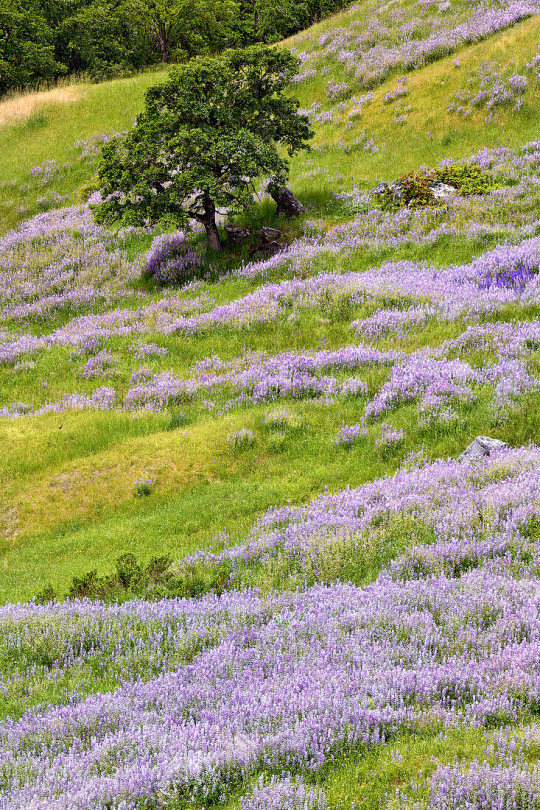
Dolason Prairie, California
#Dolason Prairie#California#photography#nature#lupines#prairie#fields#hills#flowers#wildflowers#green#plants#landscape#purple#nature photography#Aesthetic#curators on tumblr#cottagecore
4K notes
·
View notes
